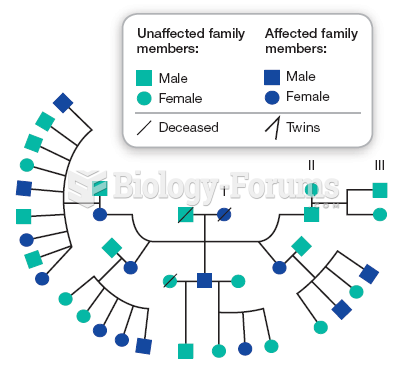Answer to Question 1
Correct Answer: 1,2
Rationale 1: The second-generation atypical antipsychotic medications have a lower incidence of serious adverse effects.
Rationale 2: The second-generation atypical antipsychotic medications have become the drugs of choice for many clients.
Rationale 3: The second-generation atypical antipsychotic medications are more expensive.
Rationale 4: This is not a reason for prescribing a newer medication.
Rationale 5: This may or may not be the reason for the new medication being prescribed.
Global Rationale: The second-generation atypical antipsychotic medications have become the drugs of choice for many clients and they have a lower incidence of serious side effects. The second-generation atypical antipsychotic medications are more expensive. The newer medications may be easier to get from the pharmacy but this is not the reason for prescribing a new medication. Having a health care provider who likes to try new medications may or may not be the reason the medication is prescribed.
Answer to Question 2
Correct Answer: 1,2,3,4
Rationale 1: For some clients, decreased doses of the antipsychotic medication help with the symptoms of tardive dyskinesia.
Rationale 2: For some clients, a benzodiazepine helps with the symptoms of tardive dyskinesia.
Rationale 3: For some clients, a gradual withdrawal of the antipsychotic medication helps with the symptoms of tardive dyskinesia.
Rationale 4: For some clients, switching to an atypical antipsychotic medication helps with the symptoms of tardive dyskinesia.
Rationale 5: A higher dose of the current antipsychotic medication will make the symptoms of tardive dyskinesia worse.
Global Rationale: For some clients, decreased doses of the antipsychotic medication, administering a benzodiazepine, gradually withdrawing the medication, or switching to an atypical mediation may help with the symptoms of tardive dyskinesia. A higher dose of the current antipsychotic medication will make the symptoms of tardive dyskinesia worse.







